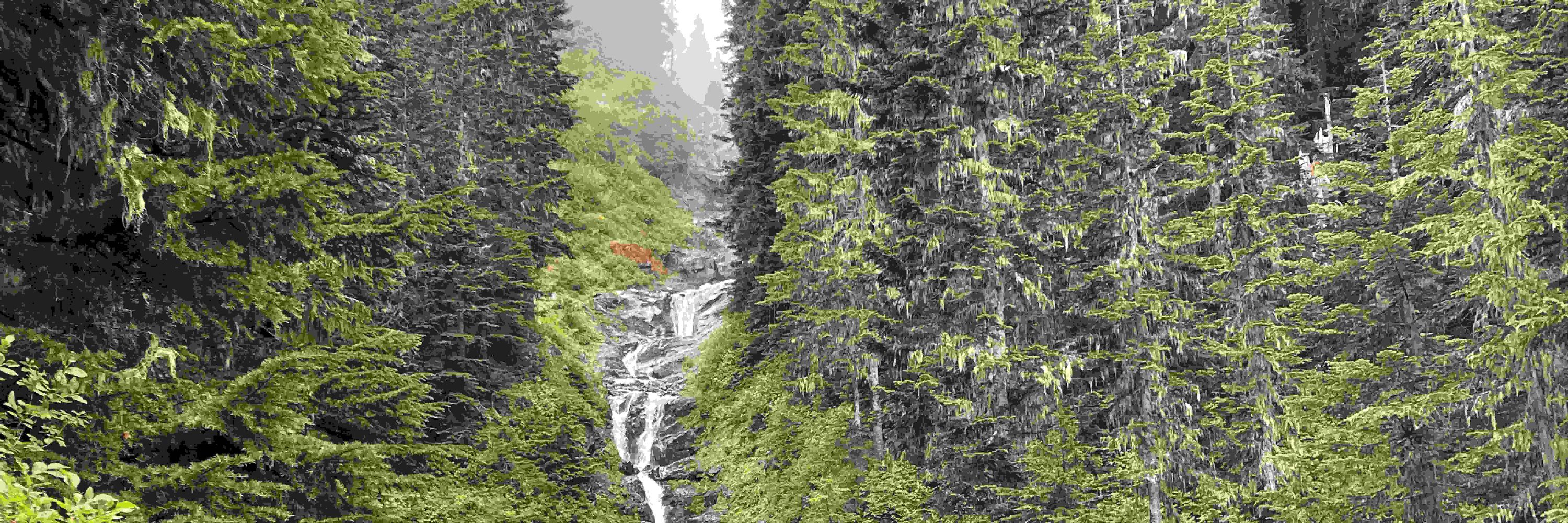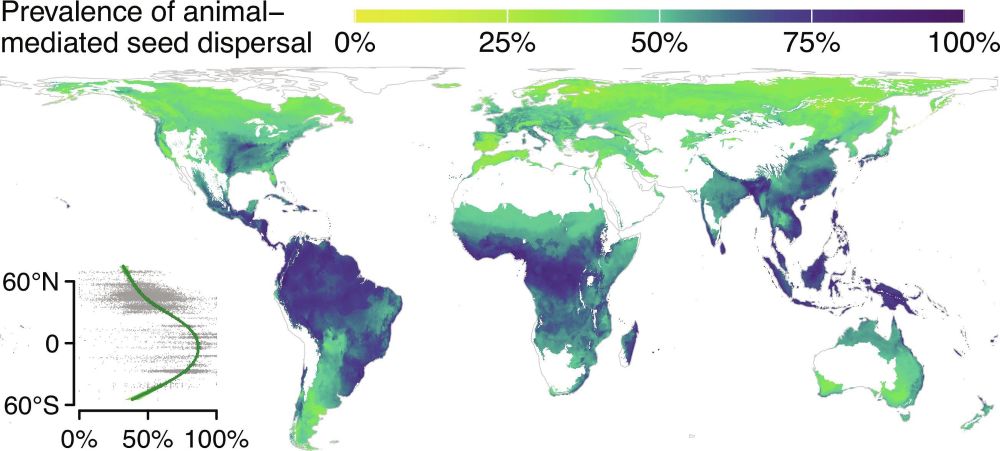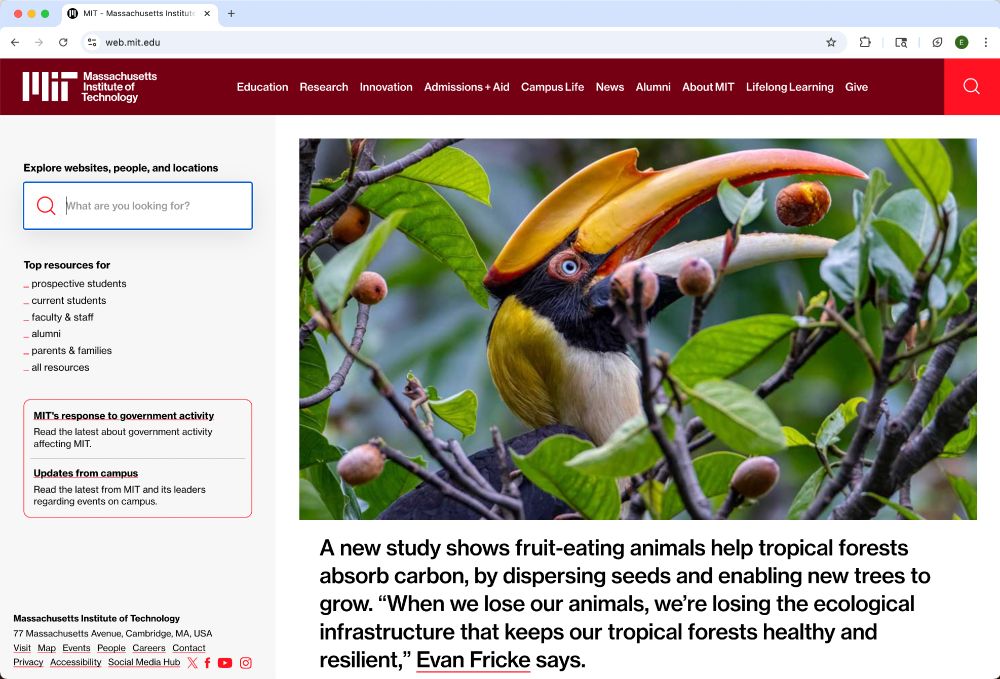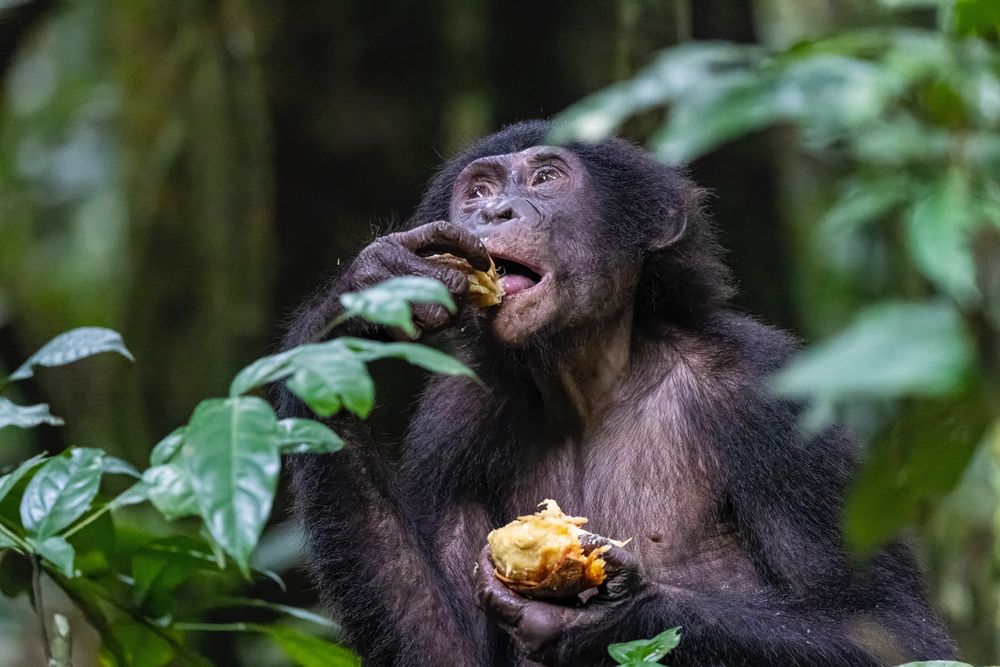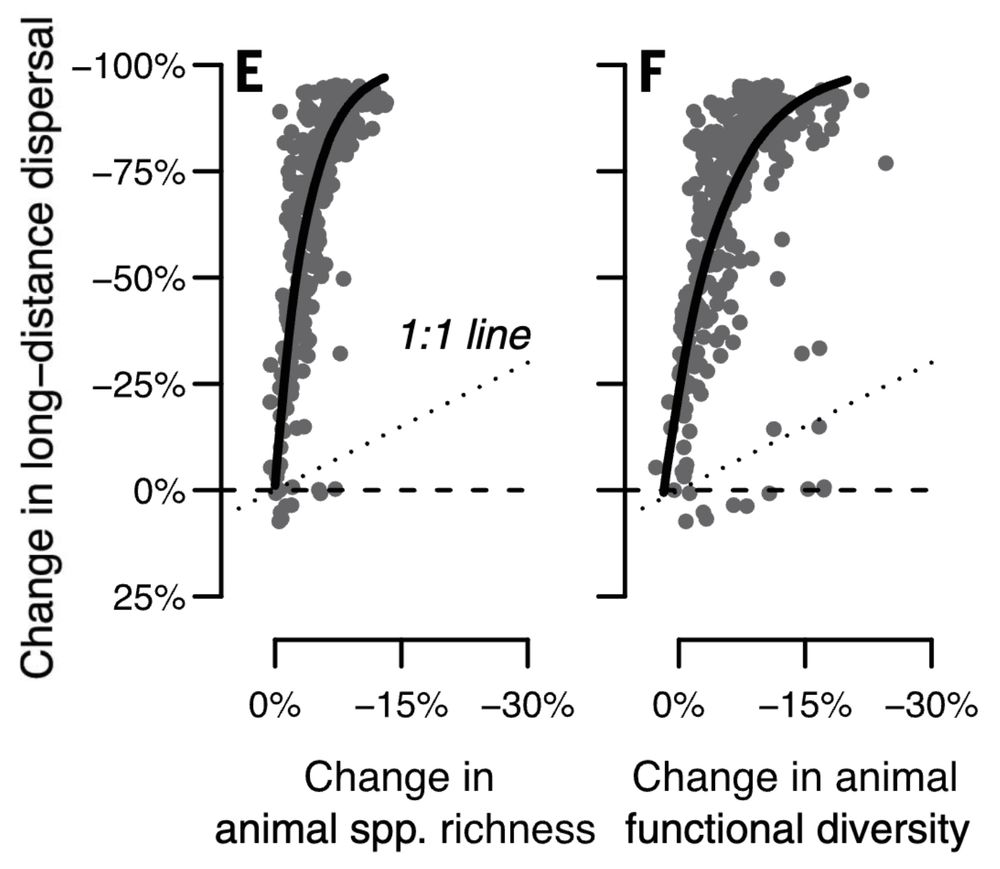Evan Fricke
@efricke.bsky.social
330 followers
530 following
20 posts
Biodiversity, ecology, climate change, forests, seed dispersers.
Research scientist at MIT.
Posts
Media
Videos
Starter Packs
Reposted by Evan Fricke
Reposted by Evan Fricke
Dr. Joan Dudney
@dudney-joan.bsky.social
· Aug 14
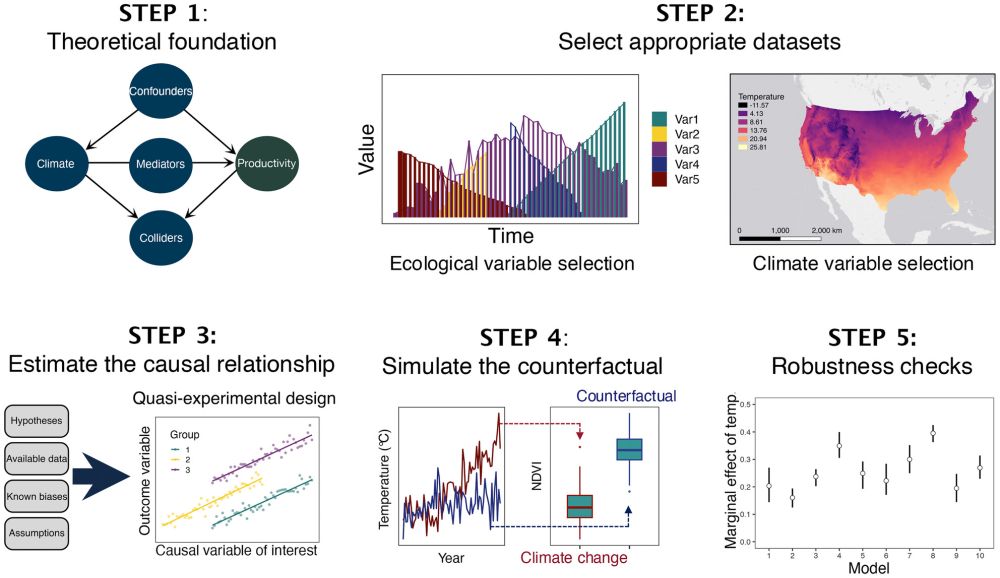
A Causal Inference Framework for Climate Change Attribution in Ecology
Accurately attributing ecological shifts to climate change remains a significant challenge. Here, we present an accessible causal inference framework designed for climate change attribution in observ...
onlinelibrary.wiley.com
Reposted by Evan Fricke
Jacquelyn Gill
@jacquelyngill.bsky.social
· Jul 30
Reposted by Evan Fricke
Evan Fricke
@efricke.bsky.social
· Jul 28
Evan Fricke
@efricke.bsky.social
· Jul 28
Evan Fricke
@efricke.bsky.social
· Jul 28
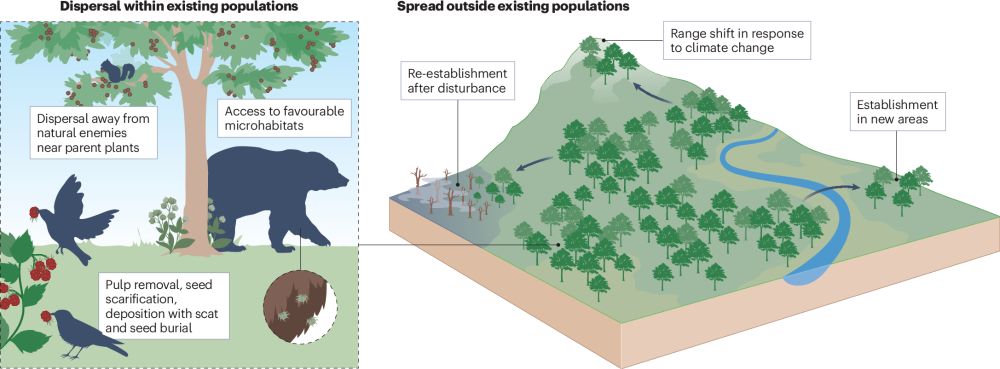
Drivers and impacts of global seed disperser decline
Nature Reviews Biodiversity - Many plants rely on animals to disperse their seeds, but some groups of these seed-dispersing animals are facing severe declines. This Review summarizes evidence of...
rdcu.be
Reposted by Evan Fricke
Sara Beery
@sarameghanbeery.bsky.social
· Jun 16
Evan Fricke
@efricke.bsky.social
· May 19
